Greatest Warriors- The Truth About History's Fiercest Fighters

Through the centuries, tales of the greatest warriors in history have passed from generation to generation. In some instances, these tales have been embellished as the story has grown in age, but the underlying kernel of the warrior’s legacy is in fact true. And then there are the warriors who need no embellishment, where historians penned with finest detail the warrior’s tales in books passed down through the ages without need of revision.
But which warrior should be considered the greatest in history? Alexander the Great’s name might suggest it is him, but what of Julius Caesar, Leonidas of Sparta, Genghis Khan, or Sun Tzu? Some might rightly argue William Wallace, Saladin, or Attila the Hun should be considered the greatest warrior in world history. We’ll examine each of these world class warriors to try to determine which was indeed the greatest there ever was. If your friends love history, be sure to SHARE this list with them on social media!
Roland
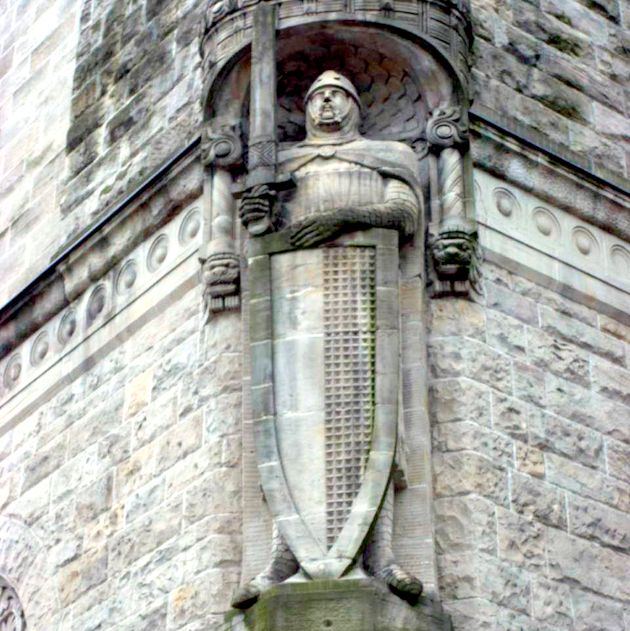
Roland was one of the foremost figures of France’s ancient history, and is said to be one of the most prominent leaders of the Frankish military under Charlemagne. Roland was the military governor of the Breton March, responsible for defending the old Frankish Empire against the Bretons. Francia was the largest post-Roman barbarian empire in Western Europe. It’s said Roland was killed by rebelling Basques in Iberia at the Battle of Roncevaux Pass.
Vercingetorix
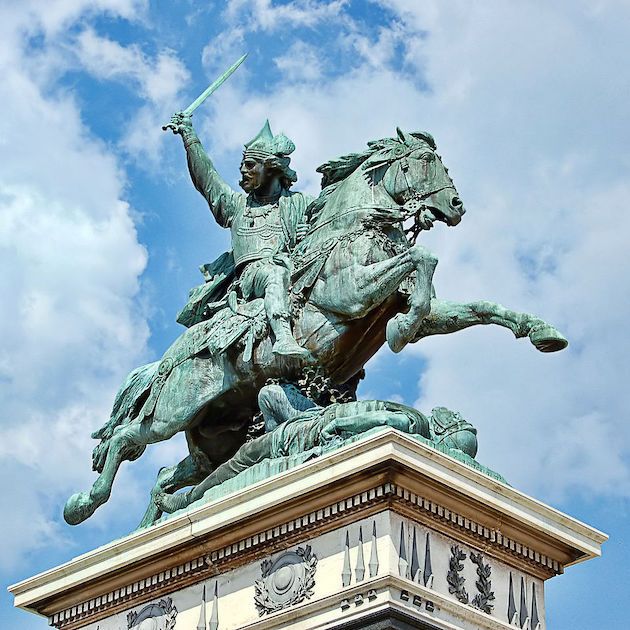
What we know of Vercingetorix we know mostly because of Julius Caesar’s Commentaries on the Gallic War. Vercingetorix was the king and chieftain of the Averni tribe and united the Gauls against the advancing Roman forces. Vercingetorix successfully repelled Caesar and the Romans at the Battle of Gergovia, but later internal divisions among the Gauls would ultimately allow Caesar and the Romans to defeat Vercingetorix’s forces at the Battle of Alesia. Vercingetorix surrendered himself to save his men and was imprisoned for five years before he was paraded through Rome and then hung by Caesar.
Alaric the Visigoth
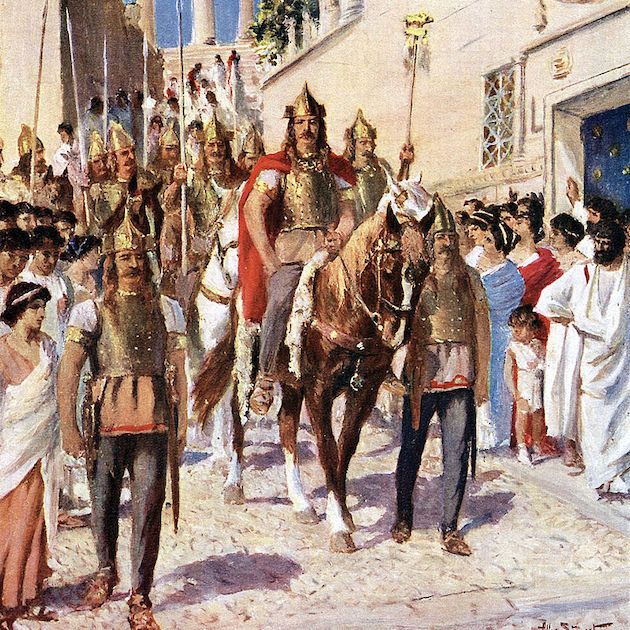
Not many ancient military leaders can claim they were able to sack Rome, but Alaric I, king of the Visigoths can stake his claim there. Alaric originally fought with the Roman army, and under Emperor Theodosius helped defeat the Franks. However, he received little recognition for the victory and left the Roman army. He was then elected king of the Visigoths and marched against Rome, sacking the famed city in 410 AD. It’s still considered one of the defining moments precipitating the Roman Empire’s decline.
Saladin
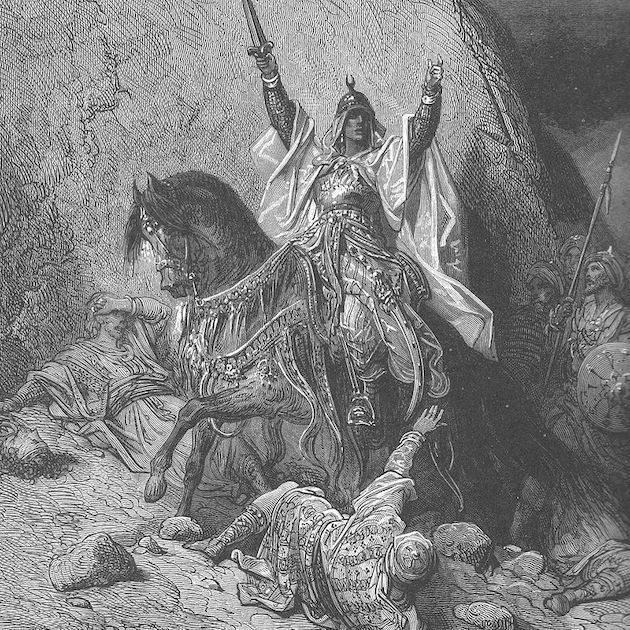
An-Nasir Salah ad-Din Yusuf ibn Ayyub, more commonly known simply as Saladin, was the first Sultan of Egypt and Syria, and led the Muslim military campaign against Crusader states. Saladin commanded the Ayyubid army against the Crusaders and handed them a decisive defeat at the Battle of Hattin in 1187, which allowed them to wrest control of Palestine – which included Jerusalem – from the Crusaders (who had taken it 88 years earlier).
Horatius Cocles
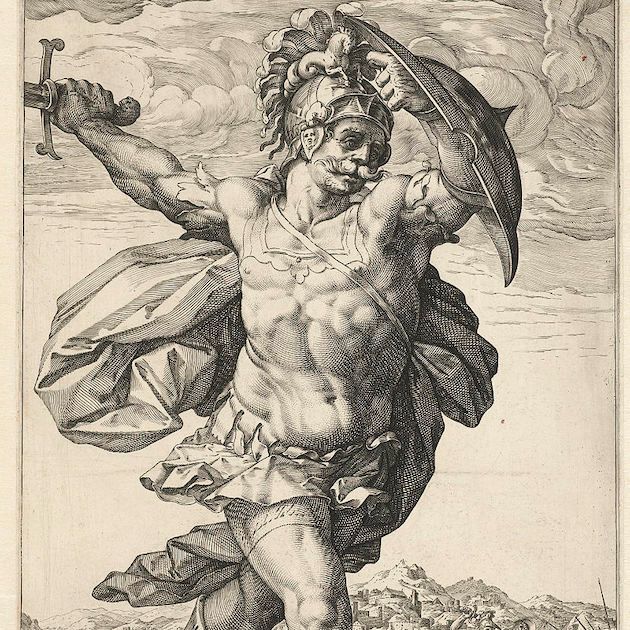
Publius Horatius Cocles was only a junior Roman army officer, but his heroism at the Pons Sublicius Bridge saved Rome during a siege by the invading army of the Etruscan King Lars Porsena. The legend goes that three divisions of the Roman army were defending the bridge, but were overtaken by Porsena’s soldiers. Many of the Roman soldiers fled back across the bridge, but Horatius stirred his men to stay on the western bank to hold off the Etruscan army long enough so that Roman troops could destroy the bridge and prevent the siege. Horatius’ bravery succeeded and the bridge was destroyed before Porsena’s forces could cross it.
Prince Rupert of the Rhine
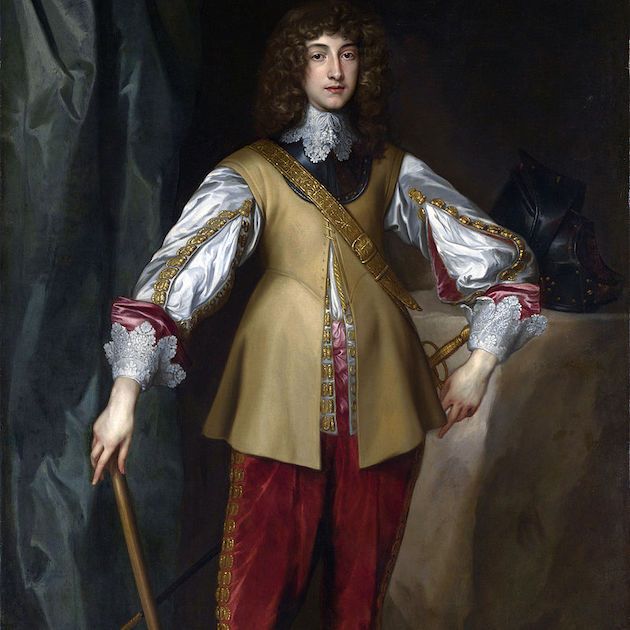
Prince Rupert of the Rhine was of royal blood of the German-English lineage, and had one of the most unique stories of any prominent leader in world history. A soldier from a young age, Rupert fought in the Eighty Years War and the Thirty Years War, and rose to become the senior Royalist general of the English Civil War. But he was banished from England after the fall of Bristol, and then served under Louis XIV of France against Spain. He was eventually allowed to return to England and served as a senior naval commander and became the first governor of the Hudson’s Bay Company.
Basil the Bulgar Slayer
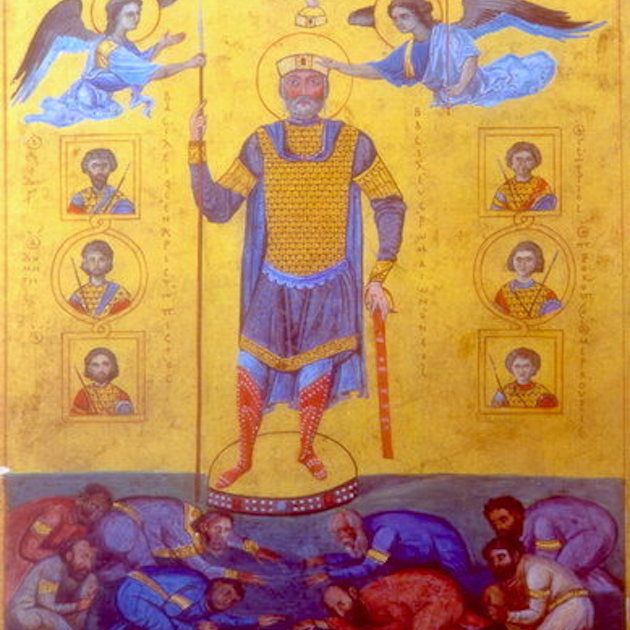
Basil II Porphyrogenitus, nicknamed Basil the Bulgar Slayer, was the brother of Constantine and was a senior Byzanthine emperor for nearly 50 years, 40 years of which he held power. Basil II oversaw the eastern expansion of the empire, including the complete subjugation of the First Bulgarian Empire, as well as campaigns that helped the empire gain part of Crimea and against the Kingdom of Georgia.
Attila the Hun
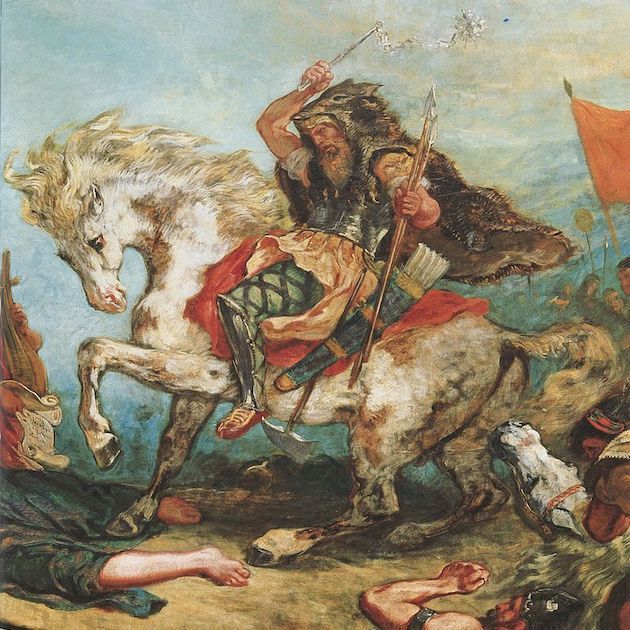
His is a name that to this day instills a sense of dread. Attila was the ruler of the Huns, and one of the most feared leaders of the Western and Eastern Roman Empires. Attila twice crossed the Danube and plundered the Balkans, though could not take Constantinople. He invaded the Eastern Roman (Byzantine) Empire successfully, which emboldened him to attack the West. Attila crossed the Rhine in 451 in an attempt to conquer Roman Gaul (modern day France) but was defeated at the Battle of Catalaunian Plains. He then launched several campaigns into northern Italy, but was unable to take Rome before his death in 453.
Eric Bloodaxe
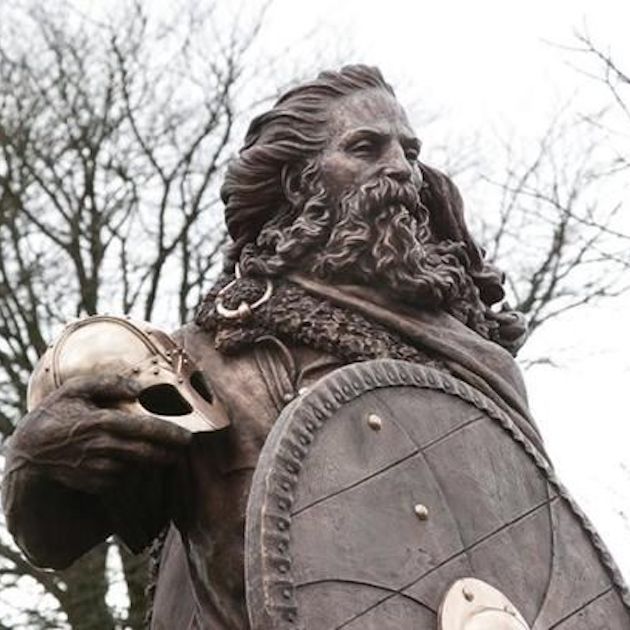
Eric Haraldsson, who gained the nickname Eric Bloodaxe, was a 10th-century Norwegian ruler who has been somewhat mythologized in the Norse sagas. Eric Haraldsson is often depicted as a larger-than-life Viking hero thanks to his many victories in battle. He became King of Norway in 931-933, and then reigned as King of Northumbria twice, from 947-948 and again from 952-954.
William Wallace

Many will have a good idea of who William Wallace is thanks to the monumental and critical success of Mel Gibson’s 1995 film Braveheart (Gibson as Wallace is pictured above). While some parts of the film are true, Wallace was not captured until seven years after the Battle of Falkirk. King Edward I of England had him hanged, then drawn and quartered for high treason. However, Wallace’s death did lead to his becoming an icon throughout much of the world, similar to his death rallying the Scottish army at the end of the film.
Miltiades
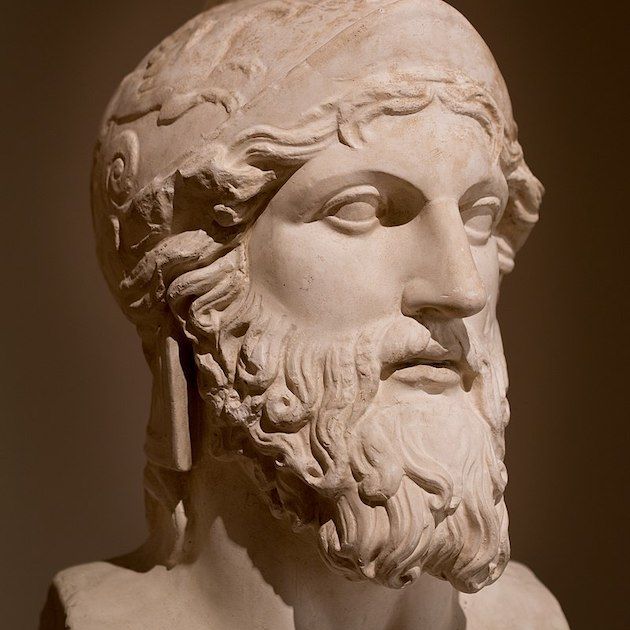
Miltiades was a Greek Athenian citizen who is mostly remembered for his military tactics at the Battle of Marathon that repelled the invading Persian army from entering Greece. Known as Miltiades the Younger, he devised a tactic that saw the Greek army meet the Persians at the shore with one flank at the front and another on each side of where the Persians were landing. When the Persian army attempted to sail around to the west to land, Miltiades marched his men quickly there to yet again stop the Persian invasion.
Arminius

When historians credit you with one of the Roman Empire’s greatest defeats, you probably should be considered one of the greatest warriors in world history. Arminius was the Germanic Cherusci chieftain that repelled and destroyed three Roman legions at the Battle of Teutoburg Forest in AD 9. The German victory is widely regarded as precipitating Rome’s permanent strategic withdrawal from Magna Germania as well as contributing to the eventual fall of the Western Roman Empire centuries later.
Vlad the Impaler
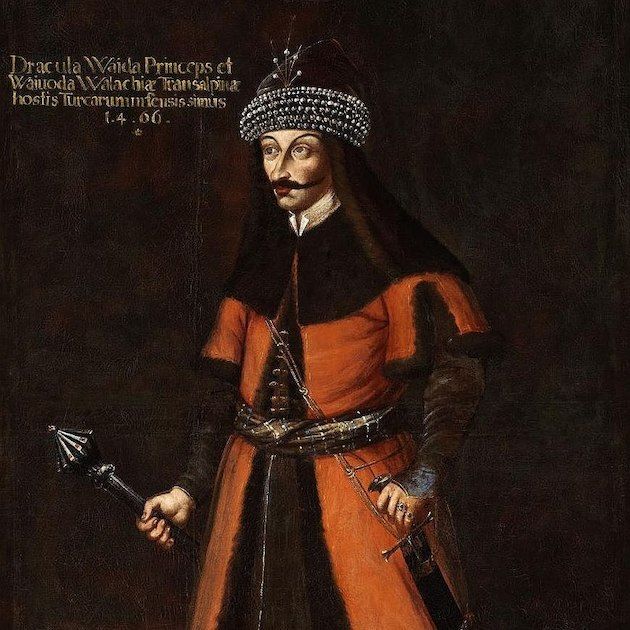
Vlad III, otherwise known with the menacing nicknames of Vlad the Impaler or Vlad Dracula, was the leader of Wallachia (Romania) on several occasions. But Vlad had to fight for this claim after Hungary invaded Wallachia in 1447. Vlad began to purge the nobility from the land, as well as fend off the Transylvanian Saxons. He impaled the Saxon captives, and later the Ottoman Sultan, Mehmed II, who had attempted to order Vlad to personally pay homage to him. Vlad then attacked the Ottoman territory, where he would massacre tens of thousands of Turks and Bulgarians.
Sun Tzu
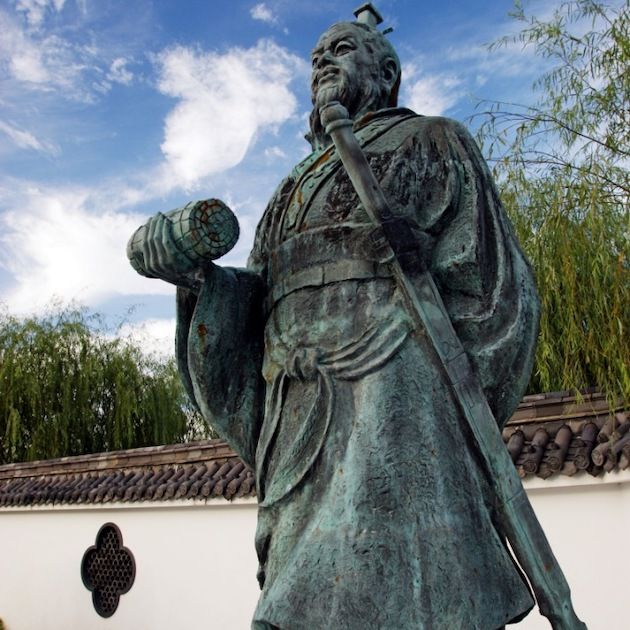
His is one of the most recognizable names in modern day, simply because many still read his books on military strategy and philosophy. Sun Tzu was a Chinese general, strategist, poet, and philosopher of the Eastern Zhou period in ancient China. While his most famous work, The Art of War, sounds violent, the book actually focuses a lot on military strategies that can be used to avoid direct battle but still become victorious- such as delay, the use of spies, making and keeping alliances, deceit, as well as the willingness to submit (if only temporarily) to foes stronger than you.
Scipio Africanus
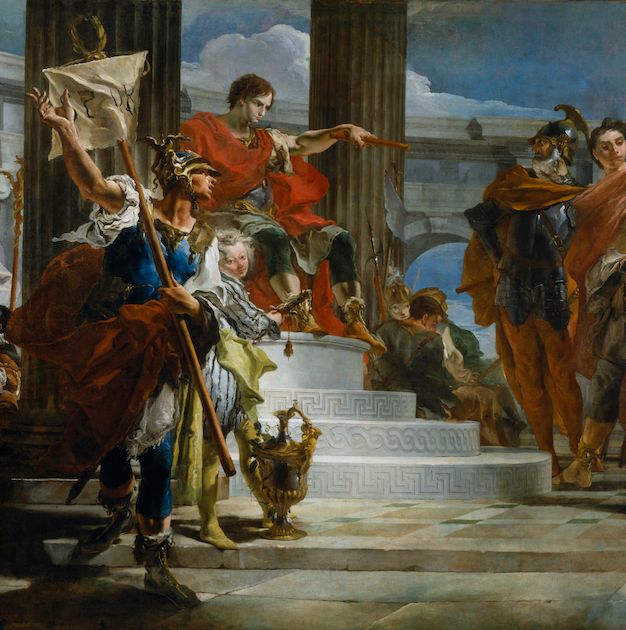
Publius Cornelius Scipio Africanus was a Roman general, often considered one of the greatest military strategists of all time. His largest military achievements are said to have occurred during the Second Punic War and defeating Hannibal at the Battle of Zama. He later fought Hannibal’s brother during the Battle of Ilipa in Carthage. Unlike many warriors, Scipio did not die in battle, but rather had retired to the Roman countryside after he was falsely accused of taking bribes from King Antiochos III and became disillusioned by the ingratitude of his peers.
Spartacus
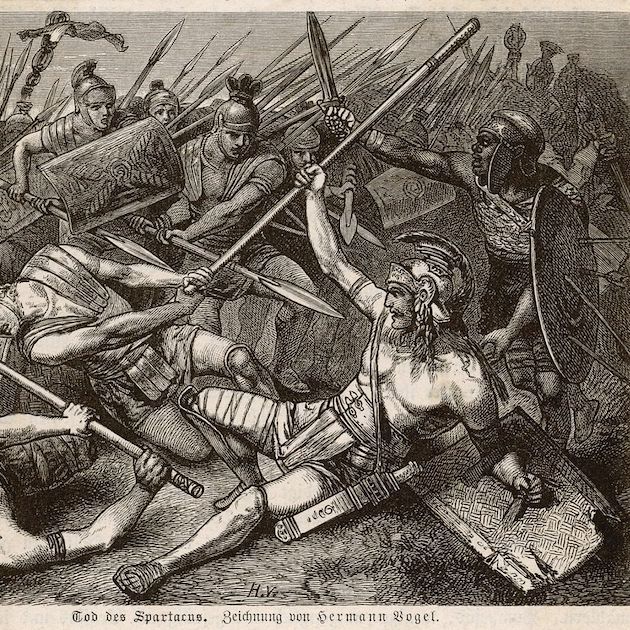
Spartacus is another name unmistakable in modern times. He was a Thracian gladiator, escaped slave, and one of the central figures and leaders of the Third Servile War, a slave rebellion against the Roman Republic (which preceded the Roman Empire). Partly thanks to Spartacus’ military leadership, this third slave rebellion was the most threatening to the power of Rome and raided estates across Italy for more than two years before the Republic sent an army of eight legions (between 32,000-48,000 soldiers) against Spartacus’ followers. The Roman army soundly defeated them at the Battle of the Silarius River, where it’s believed (though his body was never found) that Spartacus died in battle.
Xiahou Dun

If you’re looking for a great warrior to emulate, try Xiahou Dun, who lost his left eye when struck by an arrow, but apparently continued to fight. Xiahou Dun was a general under the warlord Cao Cao during the late Eastern Han Dynasty and aided the warlord in campaigns against the Lu Bu, Liu Bei, and Sun Quan armies. Due to the arrow damaging his left eye, Xiahou Dun became known as “One-Eyed Xiahou.”
Hannibal
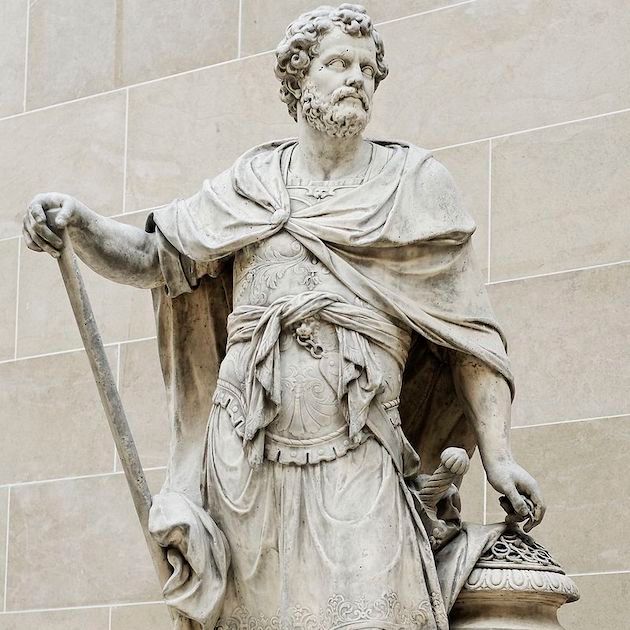
Hannibal was one of the most respected and important military leaders during the period of Rome ascending to its height. The son of Hamilcar Barca, himself a Carthaginian commander of the First Punic War, Hannibal commanded Carthage’s main army against Rome during the Second Punic War. For years, Hannibal pushed into and conquered land in Rome, occupying parts of Southern Italy for 15 years. A counter-invasion in North Africa forced Hannibal’s army to return to Carthage and Hannibal was finally defeated at the Battle of Zama by Scipio Africanus.
Pyrrhus of Epirus
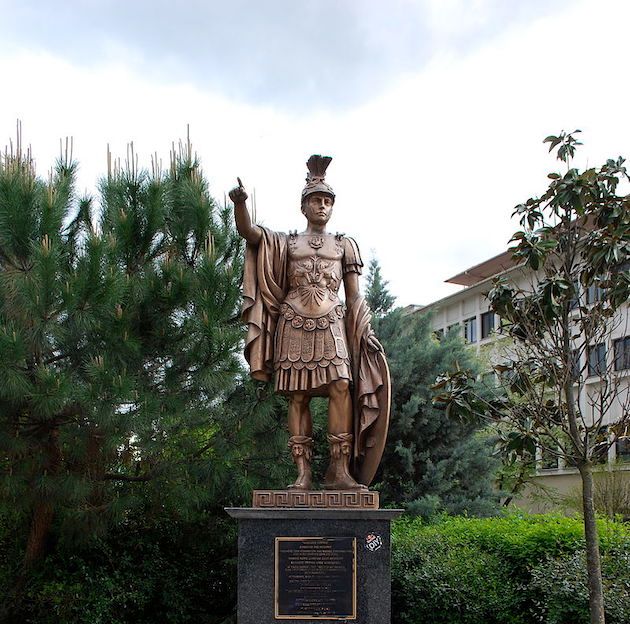
Pyrrhus of Epirus was a Greek king and statesman who ascended to the throne of Epirus at just 13 years of age, but was dethroned four years later. He regained the throne in 297 BC and then sought to free Tarentum, a city in Southern Italy, from Roman control during the Pyrrhic War. While Pyrrhus won decisive battles against Rome, the victories came with heavy tolls on his own troops, thus coining the term “Pyrrhic victory,” defined as a victory with such a massive toll it is tantamount to a defeat.
Richard the Lionheart
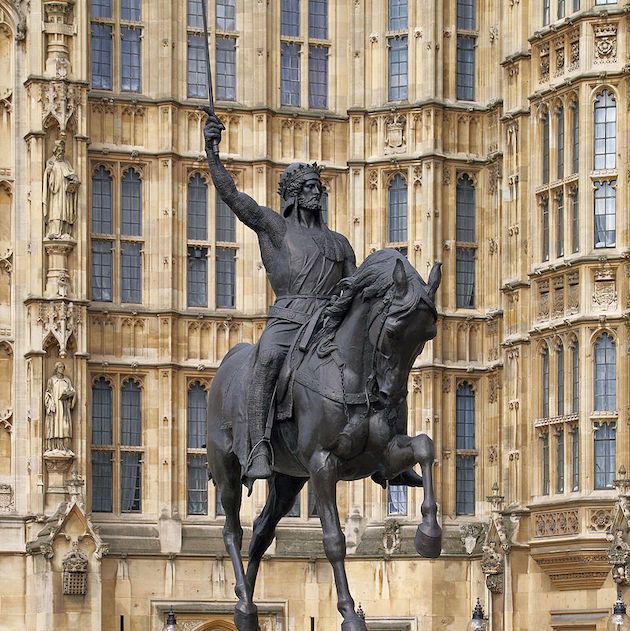
Richard I was King of England from 1189 until 1199, when he died. Though the third of King Henry II’s five sons, Richard ascended to the throne after his older brothers died before Henry II. By 16, Richard had assumed command of his own army, and quelled rebellions in Poitou, and then became one of the lead commanders of the Third Crusade. Because of his reputation as a great military leader and warrior, he became known as Richard Couer de Lion, or Richard the Lionheart.
Miyamoto Musashi

Miyamoto Musashi, also known as Shinmen Takezō, Miyamoto Bennosuke or by his Buddhist name Niten Dōraku, was a famed Japanese swordsman, strategist, ronin, and philosopher. Musashi became renowned because of his unique double-bladed swordsmanship and reportedly had a record of 61-0 in duels during his lifetime. Musashi is considered a Kensei, or sword-saint of Japan, and was the founder of the Niten Ichi-ryū school of swordsmanship. Today the remarkable Musashi Budokan training center has been erected in his honor.
Julius Caesar
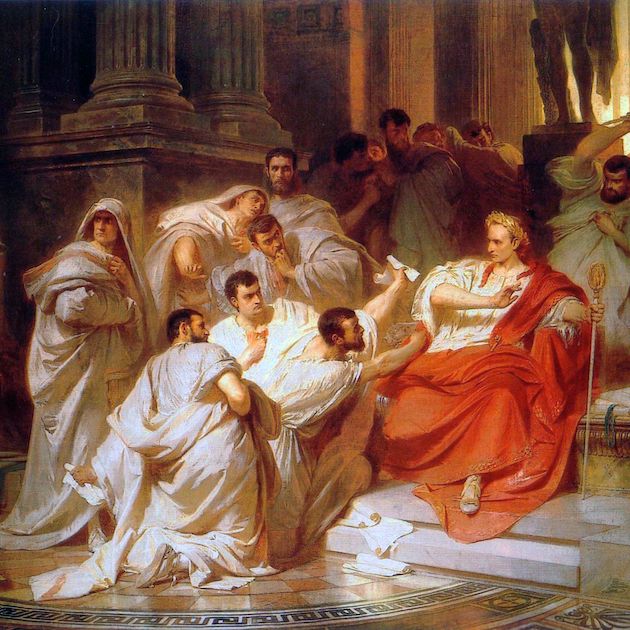
Gaius Julius Caesar would rise to become one of the most prominent and important rulers of the Roman Empire, but that was after he had proved himself one of the greatest warriors of all time on the battlefield. Caesar completed a string of accomplishments during the Gallic Wars, including becoming the first Roman general to cross both the Rhine River and the English Channel to invade and extend Rome’s territory to Britain. Eventually in 45 BC, Caesar would win a Roman civil war and assume control of the government, proclaiming himself “dictator for life.” Caesar was assassinated on the Ides of March (March 15) by a group of rebel senators, angered by his populist and authoritarian reforms.
Leonidas of Sparta
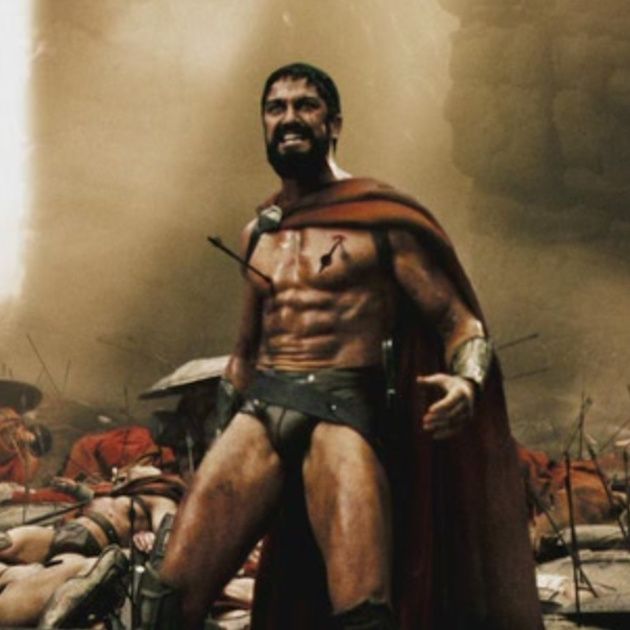
Thanks to the immense popularity of the movie 300, many know a less-than-accurate portrayal of the Greek leader, Leonidas I. Leonidas was the king of Sparta, and led a mythologized group of 300 Spartans against Xerxes and the invading Persian army at the Battle of Thermopylae. While it’s true he led the small army, it’s often left out that roughly 2,000 other warriors (helots, Thebans, and Thespians) stayed behind to defend the pass along with Spartans. Leonidas was killed in the battle, and his legend grew more and more as the story was told around the globe.He was famously portrayed by Gerard Butler in the film 300.
Genghis Khan
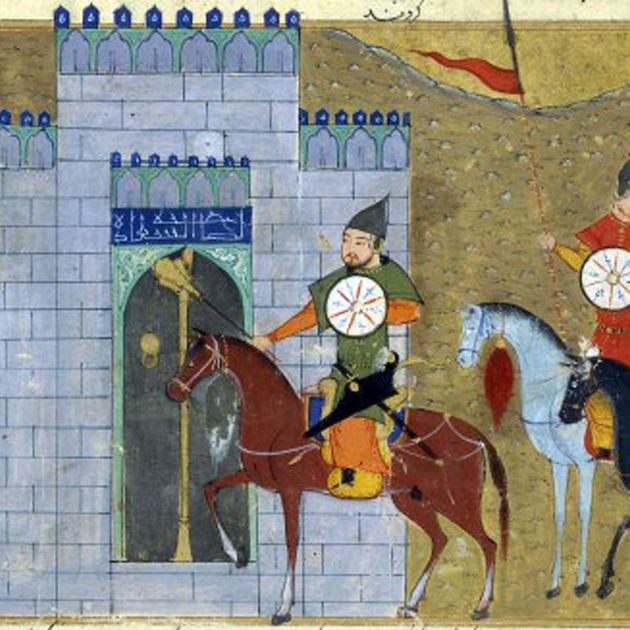
Genghis Khan, born Temüjin Borjigin, was the founder and first Great Khan of the Mongol Empire, which would go on to become the largest contiguous empire in history following his death. Genghis Khan had come to power and created his empire by uniting many of the nomadic tribes of Northeast Asia. Afterwards, Genghis Khan launched the Mongol invasions that conquered most of Eurasia, often slaughtering much of the civilian population in their wake. Due to these widespread massacres, Genghis Khan is often thought of as a genocidal ruler. He died in 1227. At his request, his body was burned and left in an unmarked grave somewhere in Mongolia, and remains undiscovered to this day.
Alexander the Great
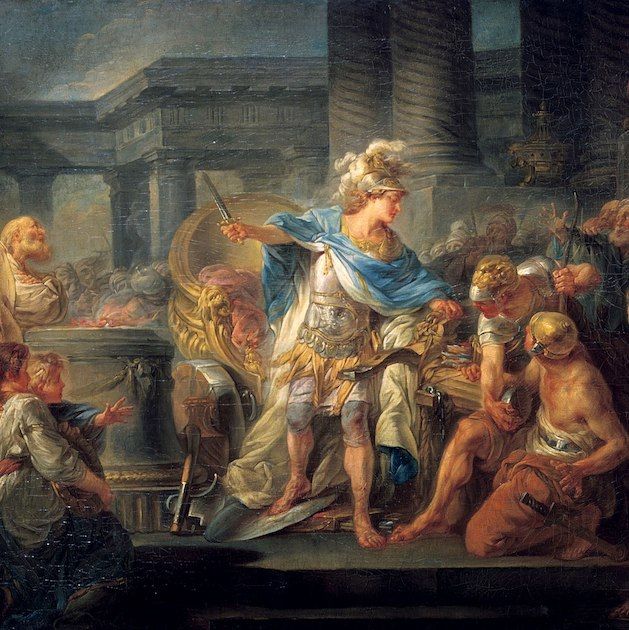
Alexander III of Macedon was his official name, but many know him only as Alexander the Great. At just 20 years old, Alexander became the king of the ancient kingdom of Macedon after his father died. Over the next 10 years, Alexander would lead one of the most ambitious and unprecedented military campaigns through Western Asia and Northeast Africa, culminating in an empire stretching from Greece to northwestern India. Alexander sought to reach the “ends of the world and the Great Outer Sea” and invaded India in 326 BC, but had to turn back when his men became sick and he died in Babylon in 323 BC. A series of civil wars would slowly begin to fracture apart the empire Alexander had built.
Quick Links
